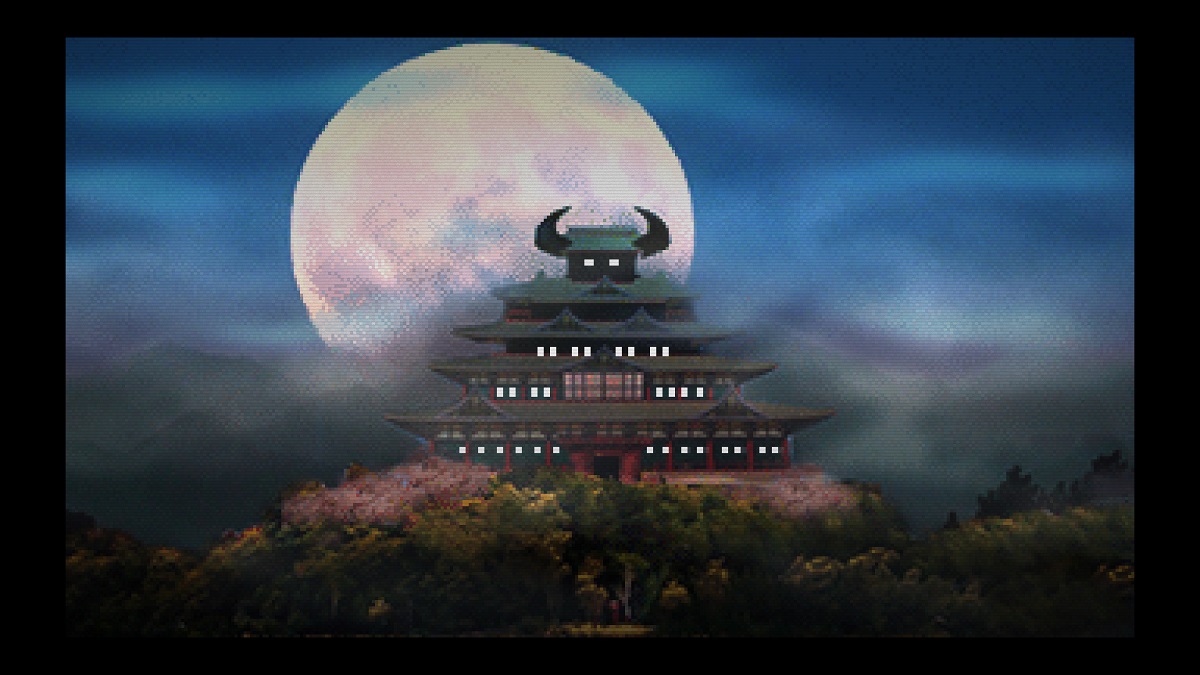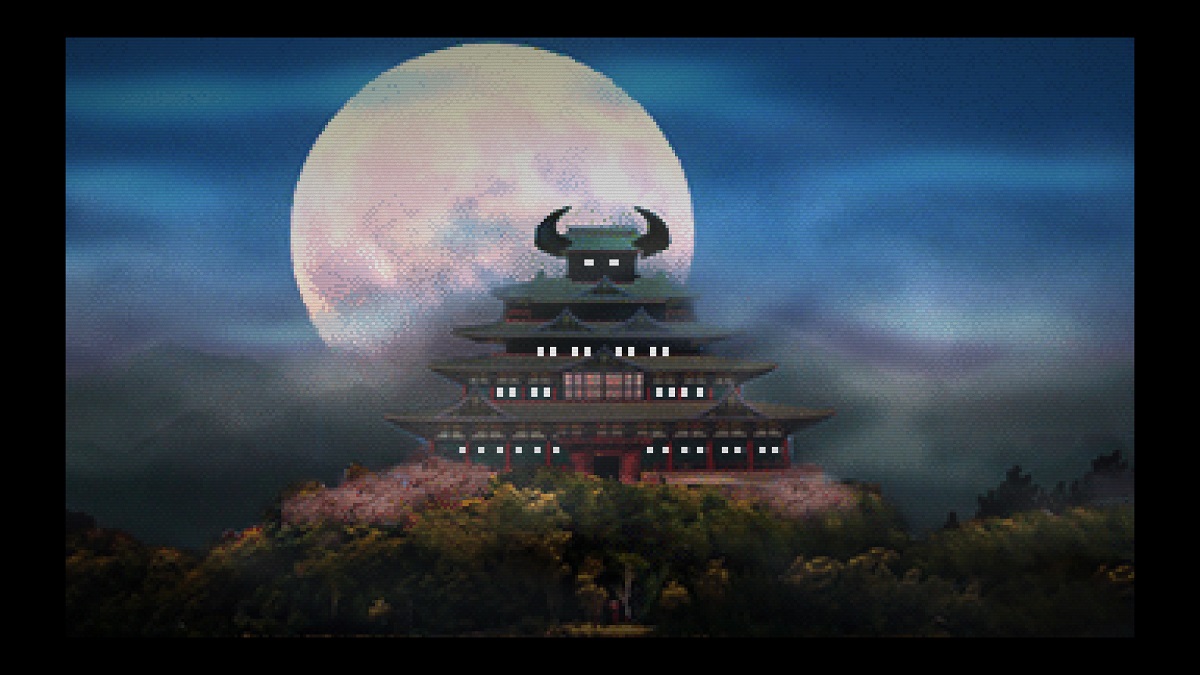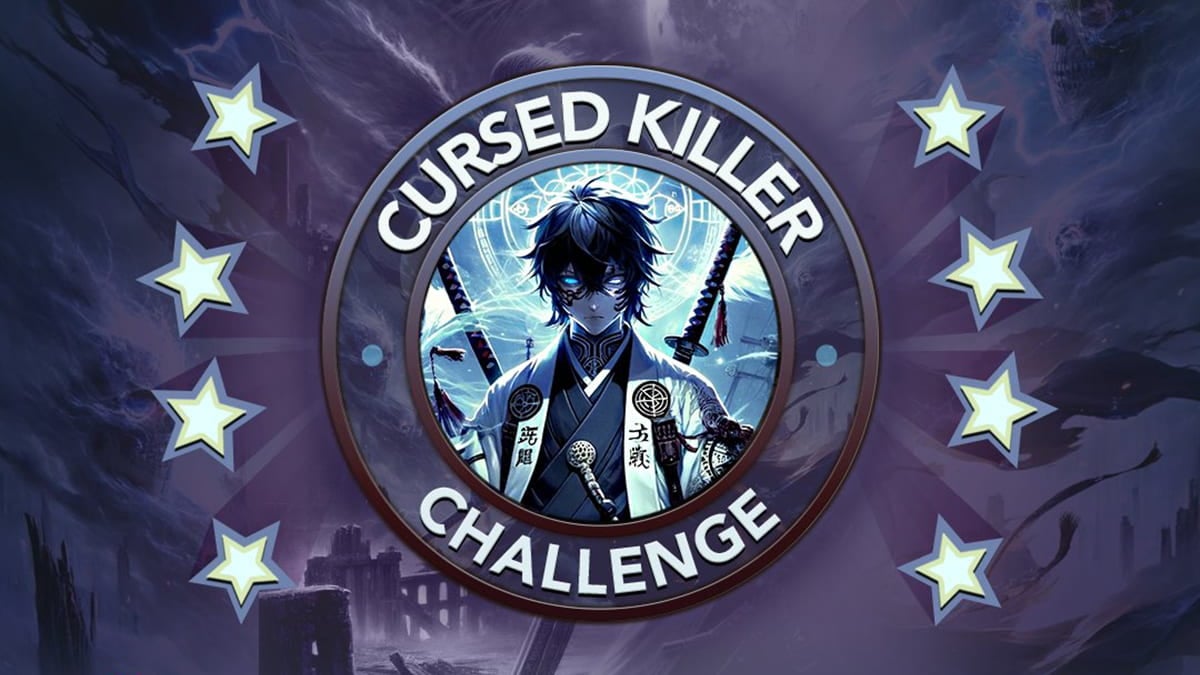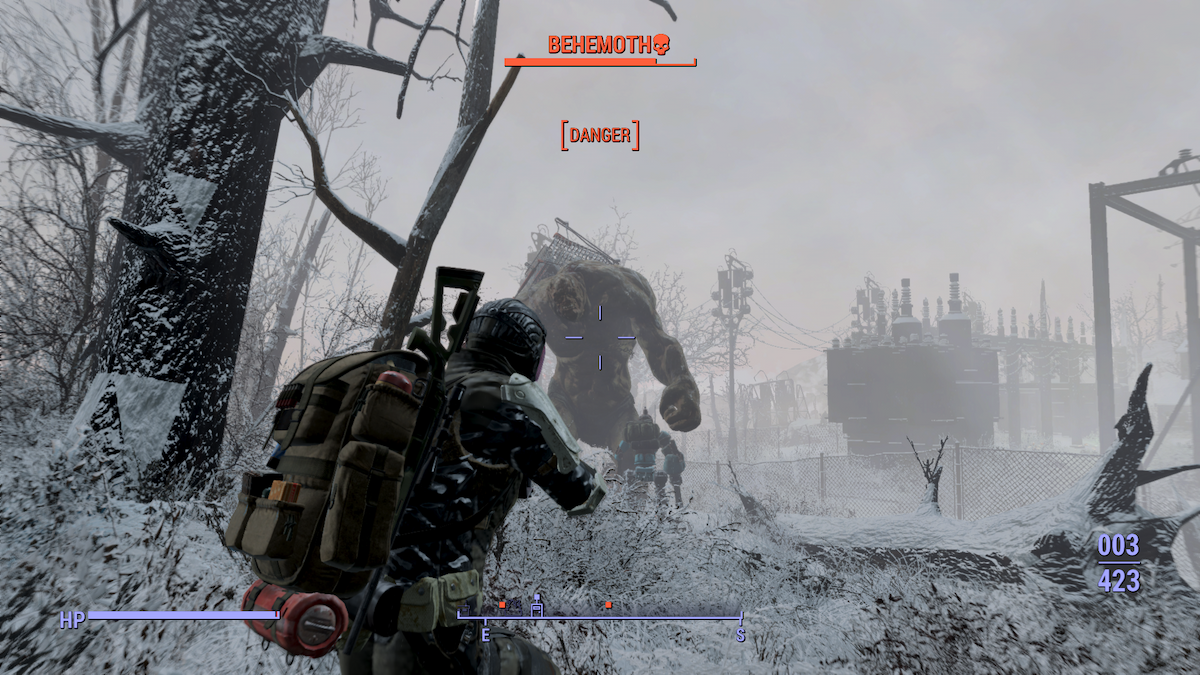Selling 1984’s Karateka on its own today might be a difficult proposition. It was an extremely influential game, and it’s still very entertaining to play today, but it was a pioneer on ground that has since become well-trodden. Typically, this sort of game that was important but largely superseded would be found in one of any number of game collections. But The Making of Karateka is not that.
Sure, you don’t just get Karateka. You also get a number of ports, prototypes, a full remaster, and a remastered prototype. But the focus is clearly on the marquee title.
However, using context created through behind-the-scenes videos, documents, and other material, Digital Eclipse has elevated this one game to an almost indispensable level. I’m used to playing games for nothing more than to expand my historical perspective. However, I usually have to supplement it with external research. The Making of Karateka is the first classic remaster that wraps up everything I love about retro gaming into a single package.

The Making of Karateka (PC [Reviewed], Xbox One, Xbox Series X|S, PS4, PS5, Switch)
Developer: Digital Eclipse
Publisher: Digital Eclipse
Released: August 29, 2023, TBA (Switch)
MSRP: $19.99
If you’re just hoping for a modern port of Jordan Mechner’s 1984 Apple II game, you’re getting (and paying for) a lot more than you’re expecting. The Making of Karateka is more of an interactive documentary. Atari 50: The Anniversary Celebration had much the same makeup (in fact, the UI is largely identical). However, with that game, you at least got a collection of classic Atari games alongside the documentary content. They just weren’t quite as in-depth.
With The Making of Karateka, it goes into all the details. There are interviews with Jordan Mechner and his father, Francis Mechner. There are the original clips of footage that Jordan used for rotoscoping. It even interviews other developers and the publishers at Broderbund on their contributions and the influence the game had.
It can be a little difficult to see what made a game special or really get a feel for the impact it had on the industry just by playing it. The Making of Karateka gives you everything you need to truly appreciate what it contributed. The only way you could miss its importance is just by taking the game as is.
Drawing from life
It’s also very insightful about the period of development that was the early-’80s. A lot of rules and techniques developers use now didn’t really exist back then. It shows how the 1977 trinity of personal computers enabled basically anyone to take part in the growing field of game development. It also goes into how, in order to learn the basics of making games, Mechner first created a clone of Atari’s Asteroids for the platform. We see his struggles with learning how to create a unique game, as well as the difficulties in getting published.
These are all things that are very rarely understood by today’s audience. While there are still people playing games who cut their teeth programming on an early microcomputer, there are so many newer generations that don’t know what it was like before publicly available engines made things more accessible.
I’ve personally written articles on early microcomputers and done lots of research on them, but they were before my time. The Making of Karateka is not only a refresher on the basics of that era but an in-depth look into people and techniques that grew from that period.

Karate Kid
If you are here to play the games themselves, then the new remastered version of Karateka is worth seeing. It’s a lot more fluid, and Digital Eclipse went to the work of reimplementing cut features and implementing special objectives. Underneath the shiny updates, it’s still the same simple game, and the graphics are made to stay true to the original aesthetic rather than pasting a bunch of new art over top of the sprites. It’s still a short experience, but it’s at least a new way to play if you’ve already checked out the Apple II, Commodore 64, and Atari 8-bit versions.
Meanwhile, the reimagined version of Mechner’s unpublished prototype, Deathbounce, is a lot of fun. In a lot of ways, it reminds me of Atari’s Recharged series of remakes. It has flashy, retro-pop graphics, a splash of modern comfort but the same simple gameplay underneath. I’m not sure I’ll return to it weeks from now, but it was pretty neat to see the unfinished title get some finishing touches.
The ports, the prototypes, and the modern updates all get features like a simple scanline filter, save and load states, and retro borders based on the computers they’re from. By default, they’re presented as-is, running as close to the originals as they can (poorly). However, some of them allow you to enable faster running speeds for smoother gameplay.
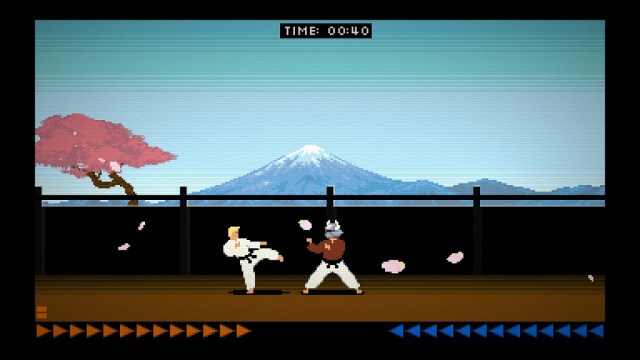
Karateka 101
However, the real draw is seeing all the historical context around the games. In fact, if you choose to go through the chronological order that Digital Eclipse put everything in, it’s actually a very long time before you get your hands on Karateka itself. However, it feels almost important to do so without peeking, since you get to watch all of Mechner’s successes and — perhaps more importantly — his failures along the way.
Digital Eclipse is marking The Making of Karateka as the first game in its “Gold Masters” series. I honestly can’t wait to see what they do next. While I’ll take absolutely anything that they deem important, I’m hoping the spotlight gets cast on some games that I’m more familiar with. However, it might be most important to get around to early developers before we lose the chance to hear their story.
The Making of Karateka feels like a huge step in documenting the history of video games. There have been plenty of titles that have packed in making of details, but I can’t really name another that has gone to this much effort of establishing context for the games it’s spotlighting. Aside from Atari 50, I mean. Digital Eclipse has put together a masterful formula that speaks to retro explorers such as myself, and this is the perfect test of it. It’s absolute gold, and I can’t wait to see what they dive into next.
[This review is based on a retail build of the game provided by the publisher.]
